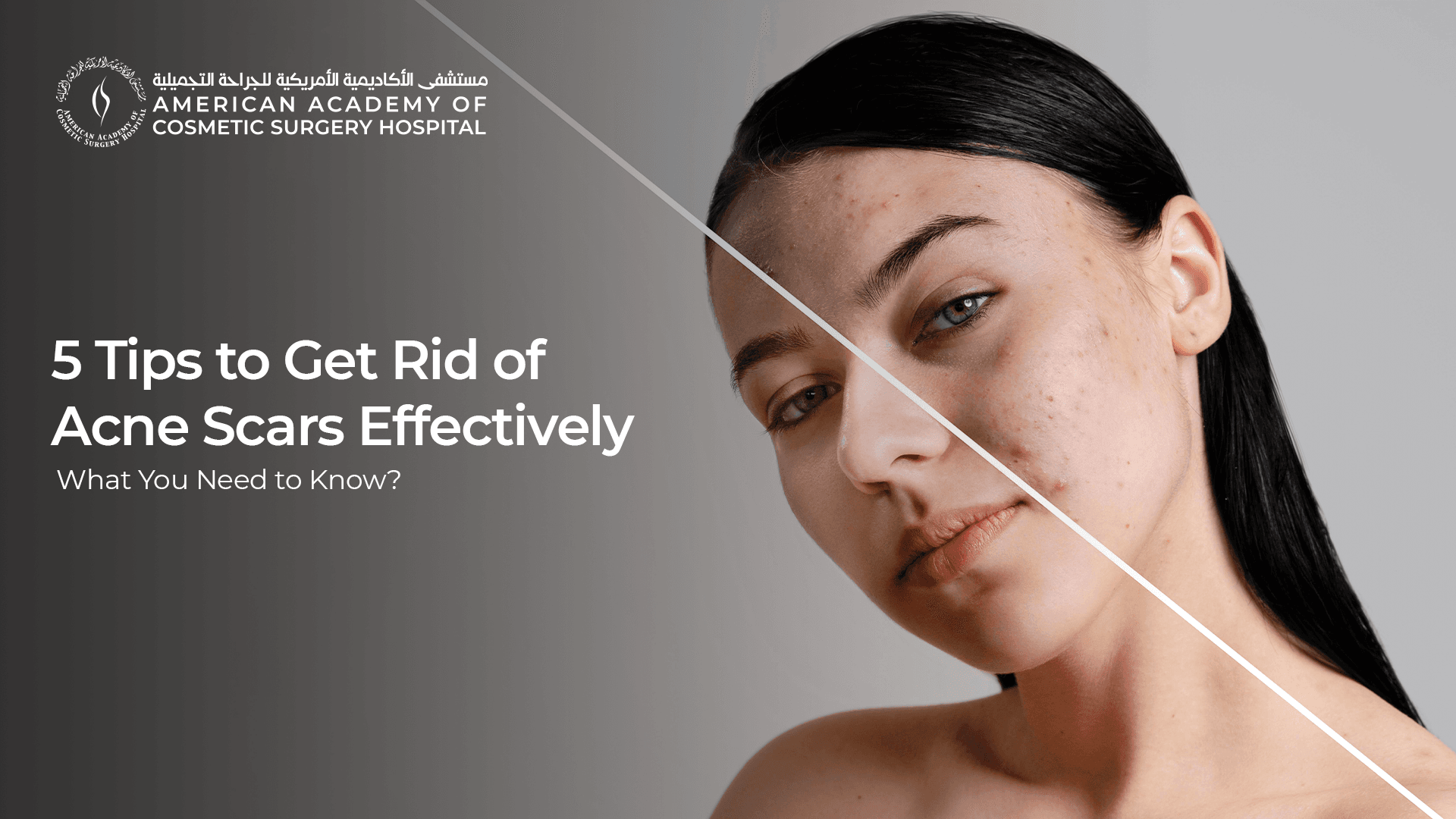Taking care of your scalp and hair after a Follicular Unit Extraction (FUE) hair transplant is crucial for ensuring the best possible results. Proper maintenance not only promotes healthy hair growth but also helps speed up the healing process. Whether you’ve just had the procedure or are planning to get one, understanding how to care for your new hair can make a significant difference.
The first few weeks after an FUE hair transplant are vital. During this time, the scalp is sensitive, and the newly transplanted hair follicles need special attention. Following the right care routine can prevent complications like infections and ensure that the hair follicles settle well into their new locations.
As you continue your hair care journey, incorporating specific tips and making certain lifestyle changes can support hair growth and keep your scalp healthy. Knowing when to seek professional advice is also important in case you encounter any issues. Let’s delve deeper into how you can maintain your hair after an FUE hair transplant and ensure long-lasting, natural-looking results.
Understanding the Healing Process After FUE
Healing after an FUE hair transplant involves several stages. Knowing what to expect can help you follow the right care routine and achieve the best results.
1. Immediate Aftercare:
During the initial phase, the scalp might feel tender, and small scabs will form around the transplanted follicles. This is normal and part of the healing process. You might also experience mild swelling and redness. It is essential to follow your doctor’s instructions carefully during this time to prevent complications.
2. First Few Weeks:
About one to two weeks after the procedure, the small scabs will start to fall off. You may notice that the transplanted hair begins to shed. This shedding is called “shock loss” and is a natural part of the process. Your scalp will continue to heal, and the new hair follicles will enter a resting phase.
3. Hair Growth Phase:
Around three to four months post-surgery, new hair begins to grow from the transplanted follicles. This growth might be uneven initially, but it will improve over time. By six to nine months, you should see significant improvement in hair density. Full results can be expected within a year.
By incorporating these lifestyle changes, you can enhance the effectiveness of your FUE hair transplant and promote healthier hair growth.
When to Seek Professional Help
While most people experience positive results after an FUE hair transplant, it’s important to know when to seek professional help. Certain signs could indicate issues that need medical attention.
1. Balanced Diet:
Eating a balanced diet rich in vitamins and minerals helps promote hair growth. Include foods high in biotin, zinc, and omega-3 fatty acids like fish, eggs, nuts, and leafy greens in your daily meals. These nutrients strengthen hair follicles and improve hair health.
2. Stay Hydrated:
Drinking plenty of water keeps your scalp hydrated and supports overall health. Aim to drink at least eight glasses of water a day to maintain proper hydration.
3. Avoid Smoking and Alcohol:
Smoking and excessive alcohol consumption can impede hair growth and affect scalp health. These habits restrict blood flow to the scalp, making it harder for hair follicles to thrive. Reducing or eliminating these can greatly benefit your hair’s recovery
4. Manage Stress:
Stress can lead to hair loss and negatively affect hair growth. Engaging in relaxation techniques like yoga, meditation, or even regular exercise can help manage stress levels and improve overall well-being.
5. Regular Scalp Massage:
Massaging your scalp gently can increase blood circulation and aid in hair growth. Use your fingertips to massage the scalp in circular motions for a few minutes daily.
1. Persistent Pain and Swelling:
Some discomfort and swelling are normal post-procedure, but if these symptoms persist beyond a few weeks or become severe, it’s time to consult your doctor.
2. Infection Signs:
Redness, significant warmth in the treated area, or pus drainage can be signs of an infection. Prompt medical intervention can prevent further complications.
3. Excessive Hair Shedding:
While some hair shedding is expected, excessive loss beyond the initial phase could indicate a problem. Your doctor can assess whether this is normal or if further treatment is needed
4. Unusual Scarring:
Scarring is minimal with FUE, but if you notice unusual or extensive scarring, seek professional advice. Your doctor can offer treatments to improve the appearance.
5. No Visible Hair Growth:
If there’s no noticeable hair growth six months post-transplant, it might be necessary to check in with your specialist. They can determine if the follicles are growing properly or suggest additional treatments to support growth.
Seeking professional help when needed ensures any issues are promptly addressed, leading to better results and a healthier scalp.
Conclusion
Maintaining your hair after an FUE hair transplant involves understanding the healing process, following essential hair care tips, and adopting supportive lifestyle changes. Knowing when to seek professional help also ensures any complications are managed swiftly. These steps play a crucial role in achieving and maintaining the desired results of your transplant.
Taking proactive steps and adhering to your doctor’s advice can make a significant difference in the outcome. Proper care and attention will help your new hair grow healthy and strong, giving you a natural and fuller look.
If you’re considering an FUE hair transplant or need guidance on post-procedure care, AACSH is here to help. Our experienced team provides personalised care to support your hair restoration journey. Schedule your consultation today to start achieving the hair you desire.






